- +971566481279
- info@allianceintfzc.ae
- Unique World Business Center- Dubai
- +971566481279
- info@allianceintfzc.ae
As direct selling agents of copper cathodes, with joint venture (JV) agreements, we have supply capacity of approximately 80,000 / Mt/month.

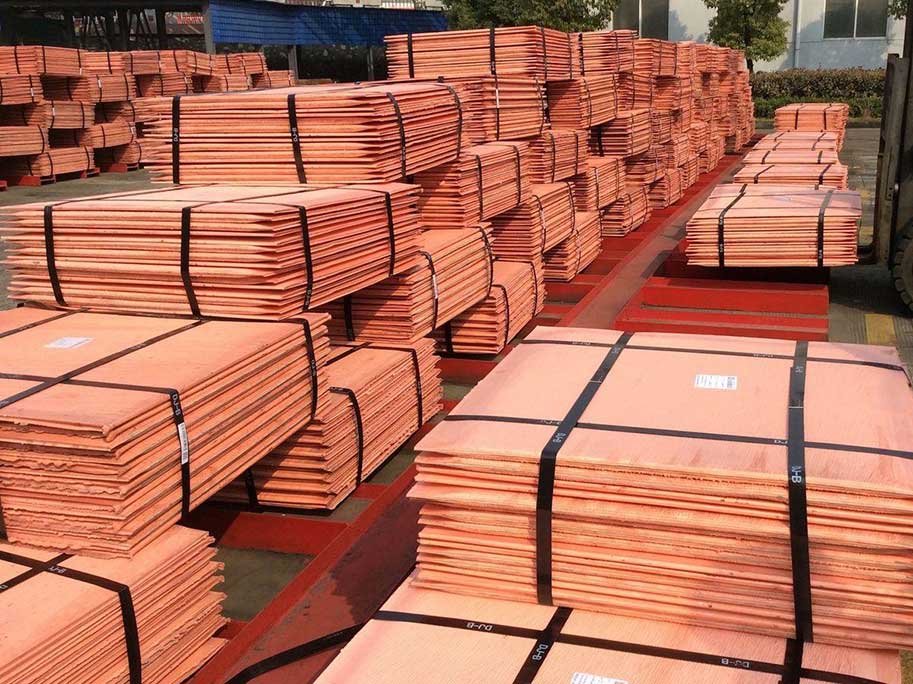
Copper cathode is the primary raw material input for the production of copper rod for the wire and cable industry. Copper is also used in the production of brass, copper tube, copper sheet products, and found in over 450 alloys.
In order to produce market-grade copper cathodes, blister copper must first be cast into anodes and treated electrolytically. Immersed in a tank of copper sulfate and sulphuric acid, along with a pure copper cathode starter sheet, the blister copper becomes the anode in a galvanic cell.
The copper cathode has various advantages, including being a good conductor of electricity. It has excellent resisting properties. The refined copper cathodes are suitable for products that do not require a high level of conductivity and are simple to install.
Individual cathode sheets are manufactured to different dimensions by different suppliers in the range of 0,5 m2 to 1 m2 and 3 to 20 mm thick, with or without ‘ears’. Copper cathode is the primary raw material input for the production of copper rod for the wire and cable industry. Copper is also used in the production of brass, copper tube, copper sheet products, and found in over 450 alloys.
Copper cathodes are used as a raw material feed for the production of high purity copper and copper alloy products. It is therefore essential that, during shipping and transportation, they are not contaminated with any extraneous materials.
Individual cathode sheets are manufactured to different dimensions by different suppliers in the range of 0,5 m2 to 1 m2 and 3 to 20 mm thick, with or without ‘ears’. Copper cathode is the primary raw material input for the production of copper rod for the wire and cable industry. Copper is also used in the production of brass, copper tube, copper sheet products, and found in over 450 alloys.
Copper cathodes are used as a raw material feed for the production of high purity copper and copper alloy products. It is therefore essential that, during shipping and transportation, they are not contaminated with any extraneous materials.
From its original home buried underground in a mine to its use in a finished product such as wire or pipe, copper passes through a number of stages. When it is recycled it can pass through some over and over again. Below is a quick description of the path.
1. Mining, Crushing
The beginning for all copper is to mine sulfide and oxide ores through digging or blasting and then crushing it to walnut-sized pieces.
2. Grinding
Crushed ore is ball or rod-milled in large, rotating, cylindrical machines until it becomes a powder usually containing less than 1 percent copper. Sulfide ores are moved to a concentrating stage, while oxide ores are routed to leaching tanks.
3. Concentrating
Minerals are concentrated into a slurry that is about 15% copper. Waste slag is removed. Water is recycled. Tailings (left-over earth) containing copper oxide are routed to leaching tanks or are returned to the surrounding terrain. Once copper has been concentrated it can be turned into pure copper cathode in two different ways: Leaching & electrowinning or smelting and electrolytic refining.
4a. Leaching
Oxide ore and tailings are leached by a weak acid solution, producing a weak copper sulfate solution.
5a. Electrowinning (SX/EW)
The copper-laden solution is treated and transferred to an electrolytic process tank. When electrically charged, pure copper ions migrate directly from the solution to starter cathodes made from pure copper foil. Precious metals can be extracted from the solution.
OR
4b. Smelting
Several stages of melting and purifying the copper content result, successively, in matte, blister and, finally, 99% pure copper. Recycled copper begins its journey to finding another use by being resmelted.
5b. Electrolytic Refining
Anodes cast from the nearly pure copper are immersed in an acid bath. Pure copper ions migrate electrolytically from the anodes to “starter sheets” made from pure copper foil where they deposit and build up into a 300-pound cathode. Gold, silver and platinum may be recovered from the used bath.
6. Pure Copper Cathodes
Cathodes of 99.9% purity may be shipped as melting stock to mills or foundries. Cathodes may also be cast into wire rod, billets, cakes or ingots, generally, as pure copper or alloyed with other metals.
7. Cathode is converted into:
Bundles of cathode sheets of between 1 and 4 tonnes and held together by steel strapping are shipped unpackaged. Care should be exercised during handling to avoid straps breaking which cause the bundles to become unstable with potential separation and loss of some sheets.
Electrolytic copper cathodes are usually bought upon a weight basis, and are normally shipped unpacked, often bound together with metal bands. During handling of bundled cathodes, care should be taken that rough handling does not cause breakage of metal bands.
It is quite common for cathodes to have surface excrescences arising out of the process of manufacture, in the nature of small ‘pimples or warts’. Handling in the course of transit may result in these surface irregularities being broken down and the cathodes delivered with a smooth surface. This may result in a difference between shipped and delivered weights. Cathodes are manufactured with ‘ears’ for hanging purposes and frequently these ‘ears’ are knocked off, resulting in further loss of weight.
When over-stowed, care should be taken that other cargo does not cause deleterious contamination of the copper.
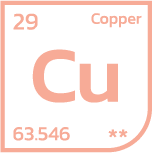
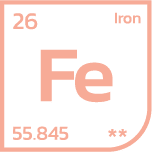
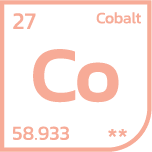
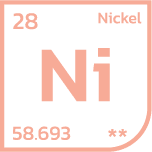
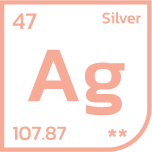
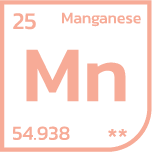
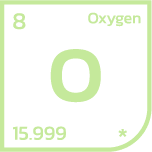
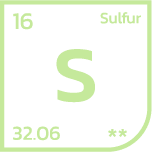
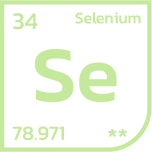
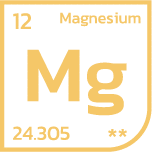
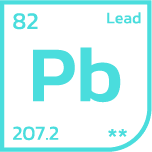
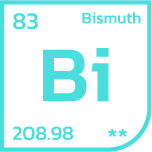
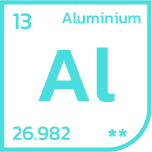

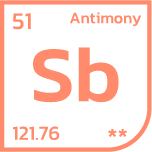
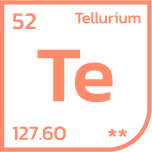
The specification of a copper cathode includes its size, weight, chemical composition, and surface finish. Copper cathodes typically come in standard sizes of 96 to 99.99 percent pure copper, with a thickness of 1 to 3 inches, a width of 1 to 3 feet, and a weight of 200 to 400 pounds. The chemical composition of copper cathodes can vary slightly, depending on the source of the raw copper ore and the refining process used to produce the cathode.
The manufacturing process of copper cathode starts with mining and extracting raw copper ore from the earth. The ore is then transported to a processing plant, where it undergoes several stages of processing to produce copper concentrate. The copper concentrate is then transported to a smelting facility, where it is further refined to produce copper anodes.
The copper anodes are then transported to an electrolysis cell, where they are immersed in an electrolyte solution of copper sulfate and sulfuric acid. A direct current is passed through the solution, which causes the copper ions to be deposited onto a stainless steel cathode. Over time, the copper ions build up on the cathode and form a layer of pure copper. Once the layer of copper is thick enough, the cathode is removed from the cell and transported to a warehouse for further processing.
Handling and warehousing of copper cathodes is critical to maintain their quality and prevent damage. Copper cathodes are usually transported on pallets, and forklifts are used to move them around the warehouse. Special lifting equipment is required to lift and move the cathodes safely, as they can be heavy and awkward to handle.
Copper cathodes are typically stored in a dry, clean, and well-ventilated area to prevent corrosion and other damage. The warehouse should be free from any contaminants that can cause corrosion, and the cathodes should be stored in a way that allows for easy access and movement. The storage area should also be secure to prevent theft and unauthorized access.
Welcome to Alliance International FZC, your premier copper supplier! As industry leaders in providing high-quality copper materials, we are dedicated to meeting the needs of our customers with exceptional service and products.At Alliance International FZC, we understand the importance of sourcing reliable and durable copper for your projects.
©2024. Alliance International FZC. All Rights Reserved.